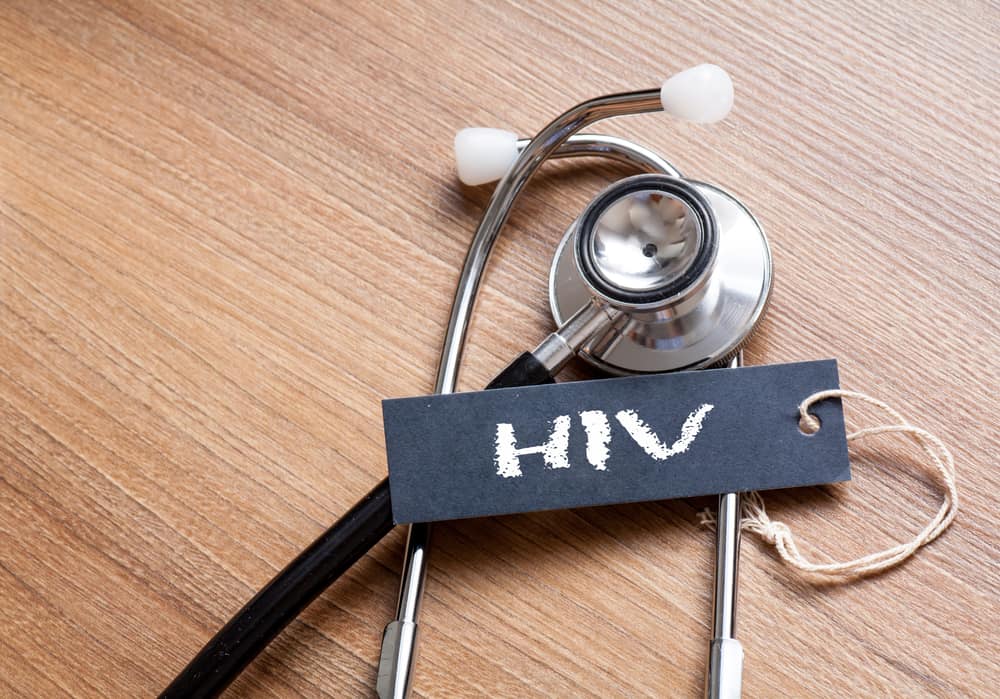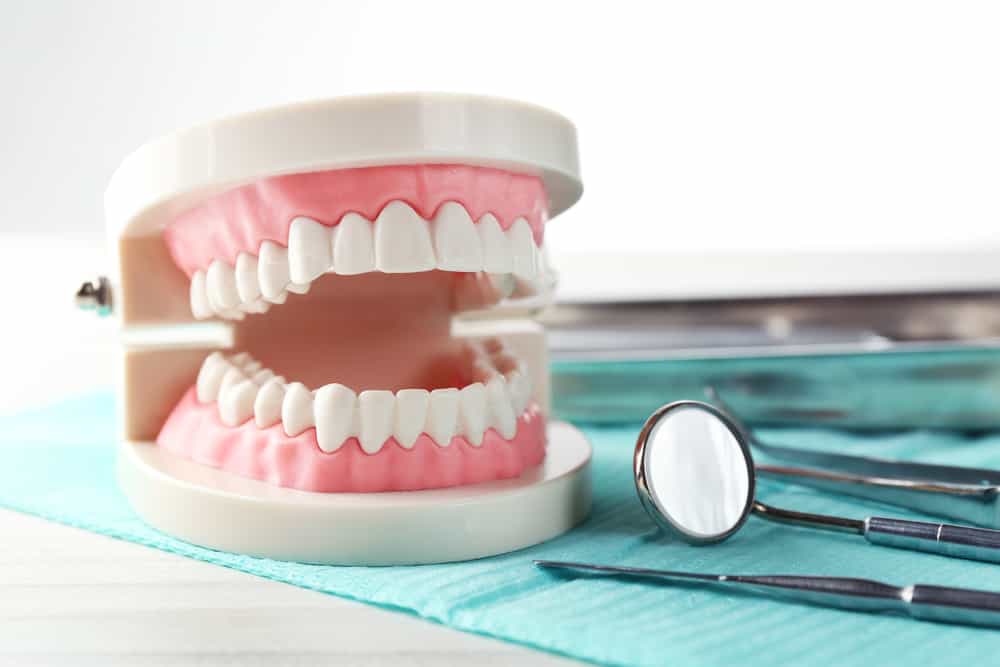Contents:
- Medical Video: Johns Hopkins Medicine | Aplastic Anemia
- Symptoms and treatment of aplastic anemia
- Help your child live with aplastic anemia
- Safe nutrition
- Safe sports
- Prevent infection
Medical Video: Johns Hopkins Medicine | Aplastic Anemia
Aplastic anemia is a rare blood disorder that may be diagnosed in children, adolescents, and young adults.
Aplastic anemia occurs when the bone marrow (spongy tissue in bone) does not produce enough red blood cells, white blood cells and platelets. Red blood cells carry oxygen through the bloodstream to all areas of the body. White blood cells fight infection, and platelets help clot blood if bleeding occurs.
The reason why some children have bone marrow problems is usually unknown, but symptoms develop when blood cells are not replaced quickly enough. Red blood cells are around 120 days old. Platelets live for about six days, and white blood cells live less than one day.
Symptoms and treatment of aplastic anemia
If your child's red blood cell count is too low, he may get tired easily. Bleeding can occur if platelets are low, and infection can develop if white blood cells are low.
The following are symptoms of aplastic anemia:
- Bruising or bleeding
- Fever
- Weakness
- Pale skin
- fast heart rate
- Hard to breathe
- Skin rash
Treatment for aplastic anemia will depend on the child's age and how severe the anemia is. Treatment often has to be repeated, and sometimes several types of treatment can be tried alternately to find the best one.
Your child's treatment may be managed by a hematologist, blood specialist. Treatment may include blood transfusions, drugs to stimulate blood cell production, and malfunctioning bone marrow replacement with healthy bone marrow from donors.
Help your child live with aplastic anemia
During and between treatments, it is important to prevent complications of aplastic anemia caused by infection, bleeding, or fatigue. This is very important when the number of blood cells is low.
Here are some basic tips to remember:
Safe nutrition
It is very important for your child to eat a balanced diet. Because your child may be at risk for infection due to food, he or she may need to avoid cheese and unpasteurized drinks, and half-cooked or raw foods. Be sure to wash and peel fresh fruits and vegetables before serving. It would be better to stay away from the salad bar and buffet restaurant.
Safe sports
Regular exercise and play are important, so is resting between activities. If your child experiences shortness of breath while carrying out his activities, tell the doctor. Because your child may be at risk of bleeding, infection, and fatigue, contact sports are usually not recommended. You should also avoid public swimming pools and hot tubs, especially if your child's skin has open cuts or scratches.
Prevent infection
Make sure your child gets a flu shot and ask your doctor for information about other preventative vaccines. Avoid sick crowds and friends or relatives, especially during the flu season. Remind children - and your entire family - to wash your hands as often as possible. Regular dental care will help prevent tooth and gum infections.
Learn as much as possible about aplastic anemia and work with your hematologist and treatment team. Also remember that serious and recurring illnesses such as aplastic anemia can be stressful for you and your child. Make sure you both get the support you need. If you or your child is struggling with anxiety or depression, talk to your doctor. Individual counseling, family counseling, or support groups can help.












